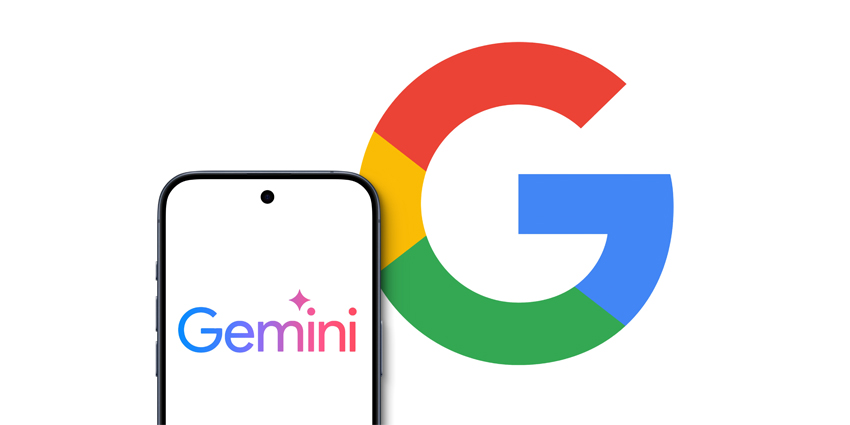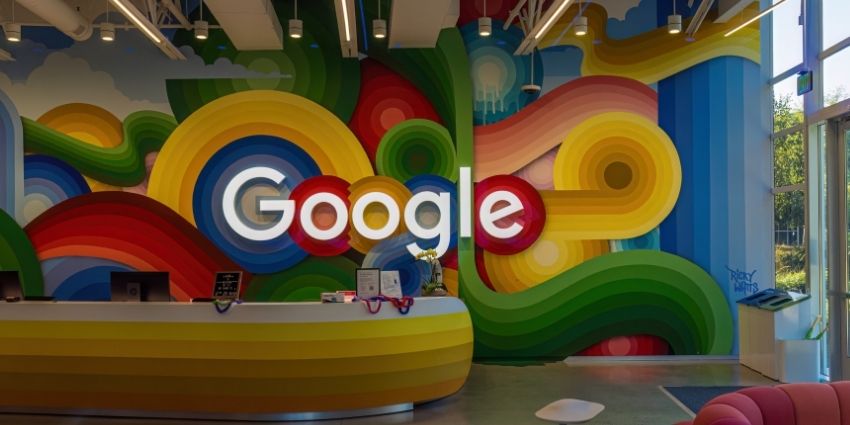These days, artificial intelligence is everywhere, transforming every aspect of the business landscape – but deciding when to use an AI assistant can still be complex. After all, there are still challenges to adopting AI-powered tools, like copilots and AI agents. According to our research, businesses regularly struggle with accuracy concerns, user training, and integration processes.
13% of companies even say they worry about “justifying” the ROI of AI tools with their stakeholders. The trouble is that failing to embrace AI at the right time (for the correct use cases) could mean you lose your competitive edge. AI assistants can help businesses overcome a range of challenges, from efficiency issues to productivity gaps, in various ways.
- Think you’re ready to dive in? Follow our top tips on how to choose the right AI assistant for your business, or prepare yourself for the future of AI innovation with this guide to AI assistant trends.
So, how do you know it’s the right time to introduce AI assistants to your team?
When to Use an AI Assistant: 5 Clear Signs
If you’re wondering when to use an AI assistant, the best strategy is to take a moment to look at your existing operations, identifying the bottlenecks and issues that might be preventing you from scaling at a sustainable rate. Here are some of the clear signs that might indicate it’s worth investing in an AI assistant to turbocharge your team’s performance.
Sign 1: Growing Workplace Inefficiencies
If you’re noticing costs and delays increasing in your organization, and you’re not sure why it’s happening, you’re likely dealing with a range of process inefficiencies. Today’s companies still spend a significant amount of time and resources on tasks that could be automated with AI.
For instance, in the legal landscape, you could be wasting hours on legal research, data analysis, and client communication – all of which can be automated with an AI assistant. AI tools are excellent at automating repetitive (often data-intensive) tasks, so your team can focus on more strategic, creative work. You can use them to eliminate tasks ranging from conversation transcription and summarization to data entry and content creation.
This doesn’t just make your teams more efficient; it cuts operational costs too. BBVA found that by rolling fine-tuned GPTs (built with OpenAI) out to their workers, they increased productivity, creativity, and efficiency, all while reducing operational costs.
Other studies have shown that tools like Microsoft Copilot boost efficiency and reduce costs by around 75% compared to traditional automation tools.
Sign 2: Productivity and Innovation Bottlenecks
Endless manual, repetitive processes drain efficiency and increase operational costs, damaging team productivity and engagement levels. If you’re wondering when to use an AI assistant, look for signs that low-value tasks are swamping your employees.
Analyze your productivity metrics and look for potential bottlenecks. For instance, in manufacturing, AI assistants can make teams more productive by giving them access to real-time data, predictive insights (for proactive maintenance), and tools for automating workflows.
Identify tasks that feel like time sinks for your team or demand unnecessary additional effort. For example, Adore Me, a fashion company, used Google Gemini to help its copywriting teams write hundreds of new product descriptions, reducing more than 35 hours of work into 35 minutes.
C.H. Robinson, used Microsoft Copilot to create a convenient customer quote system – automating the process of calculating and delivering quotes, so team members could focus on more complex projects – boosting productivity by around 15% business-wide.
Sign 3: Evolving Customer Needs and Expectations
For those wondering when to use an AI assistant, one of the biggest use cases is customer service. AI assistants can operate around the clock, on multiple channels, delivering multilingual, personalized support and service to every customer.
AI assistants could be a great solution if your teams are overwhelmed by large numbers of service requests or you’re struggling to keep up with the demand for more proactive, personalized service. They allow you to use intuitive tools to support your customers wherever and whenever they need you. You can even scale your AI tools across different channels over time or fine-tune them to replicate your company’s tone of voice.
Implementing AI assistants doesn’t just improve customer satisfaction and retention rates; it can help increase conversions, too. For instance, Ferrari uses AI assistants built with Amazon Web Services (and AWS Bedrock) to support its customers. These generative AI assistants can suggest specific products to customers based on their needs and guide them through the transaction process.
The AI tools can even help customers configure custom car set-ups 20% faster. The results have been so significant that Ferrari has continued introducing AI assistants into other workflows, using them for vehicle design and employee support.
Sign 4: Problems Leveraging Data
We live in an era when businesses often generate more data than they can effectively manage. Without the right tools, that massive pool of information is just noise. But an AI assistant can quickly analyze your data streams, provide insights, and help you make smarter decisions faster.
If you have access to endless data from your contact center, business applications and other tools, but your team is still making decisions based on guesswork, that’s a sign you should be investing in AI assistants – fast.
These tools are fantastic at spotting trends, generating forecasts, and providing actionable insights. Bain & Company researcher Reem Anchassi, for example, uses OpenAI’s deep research assistants to better understand industry trends and create more engaging reports.
AI assistants can help companies quickly understand customer preferences and market trends – leading to better product development and customer service strategies. They can streamline product design with market testing and analytics. Plus, they can help organizations in all industries innovate faster. Even healthcare companies use AI assistants to help them scour through data and develop treatment solutions and drugs faster.
Sign 5: Industry-Specific Challenges
If none of the issues mentioned above apply to you, and you’re still wondering when to use an AI assistant, you might find that AI tools can help you overcome industry-specific challenges. For instance, in retail, AI assistants are great at helping companies scale personalization.
It’s often difficult to give every online shopper a highly personalized experience. Still, an AI assistant can scour through your inventory and customer profiles to help guide every buyer through their purchasing journey. They can even suggest product upsells based on a customer’s needs.
Other industry-specific examples include:
- Healthcare: In the medical world, AI assistants can summarize patient data from EHR systems, making it easier for doctors to review histories and prescribe treatment plans.
- Manufacturing: In manufacturing, AI assistants can analyze machine performance and predict downtime, saving you from expensive disruptions.
- Education: AI assistants can generate personalized lesson plans and even grade assignments. They can even act as real-time tutors for remote students.
- Finance: In Finance, AI assistants can evaluate spending patterns, provide budgeting tips, and monitor real-time market data for better investment strategies.
Still Wondering When to Use an AI Assistant?
An AI assistant could be the answer if your company is struggling with soaring operational costs, productivity issues, rising customer service demands, a lack of data-driven decision-making opportunities, or even just common industry-specific headaches.
If you’re still wondering when to use an AI assistant, ask yourself, could you benefit from:
- Major efficiency gains
- Improved productivity
- Reduced operational costs
- Enhanced customer experiences
- A stronger competitive edge
If the answer to those questions is “yes,” you might need an AI assistant. The faster you spot the signs that an AI assistant can benefit you (hopefully before your competitors), the quicker you can evolve.








